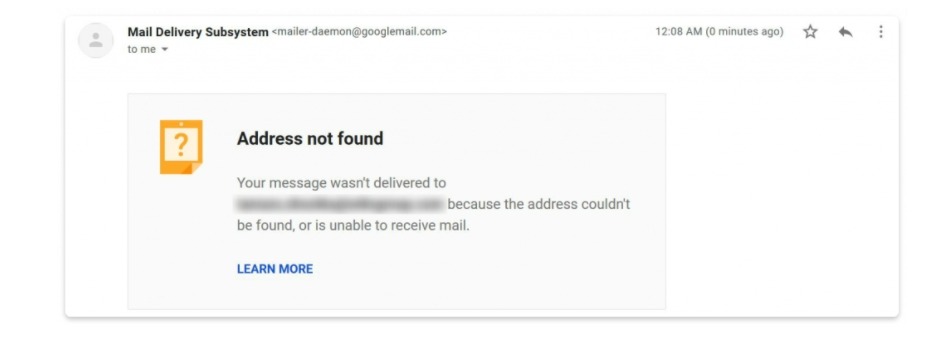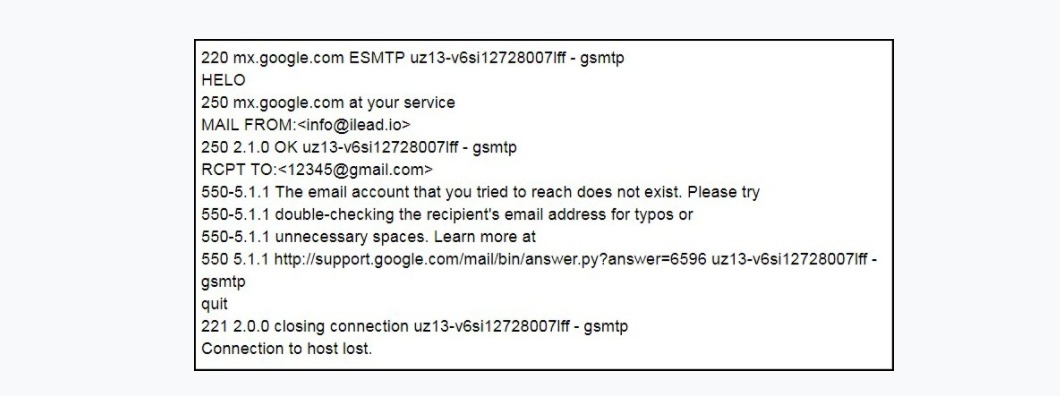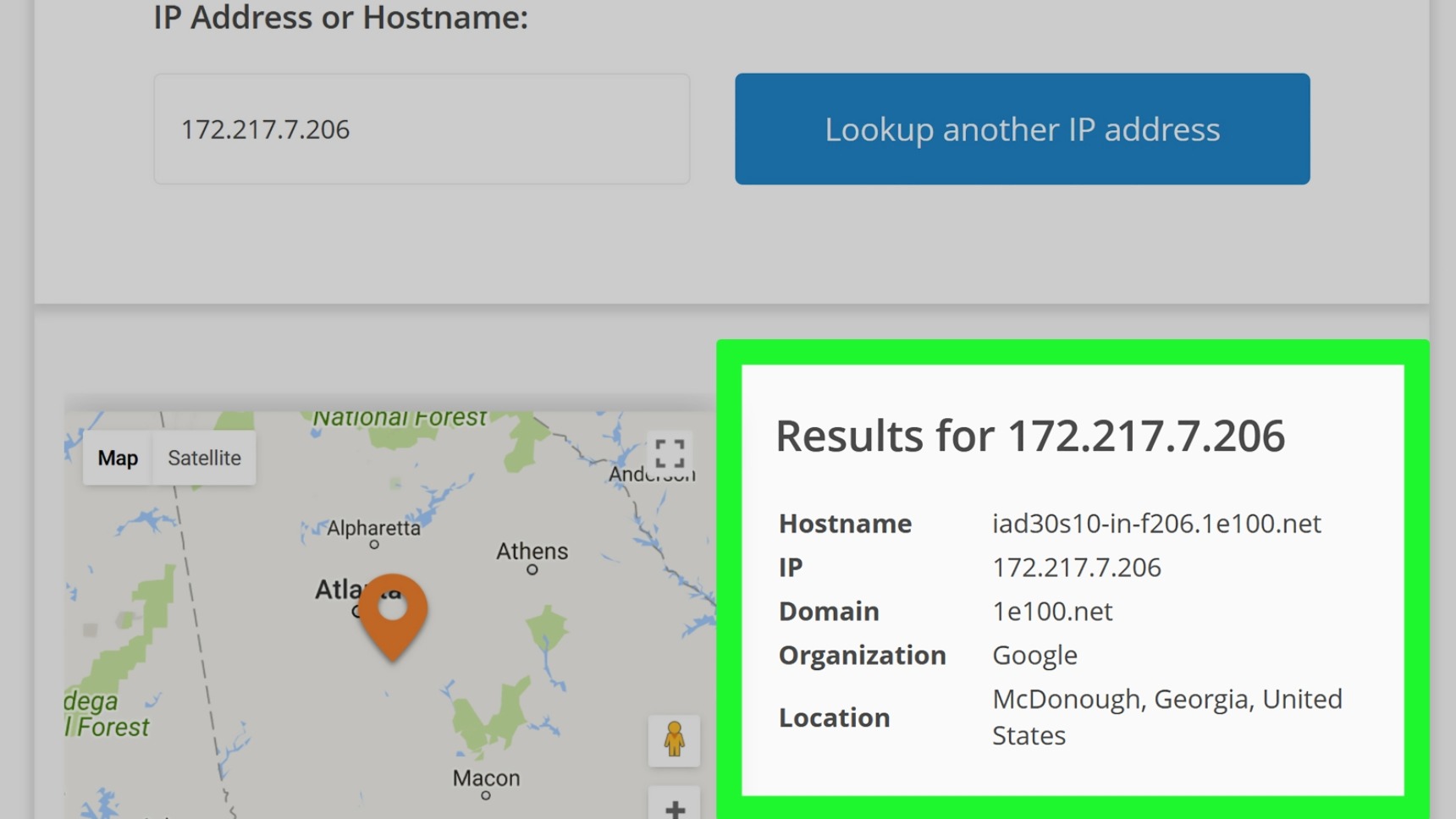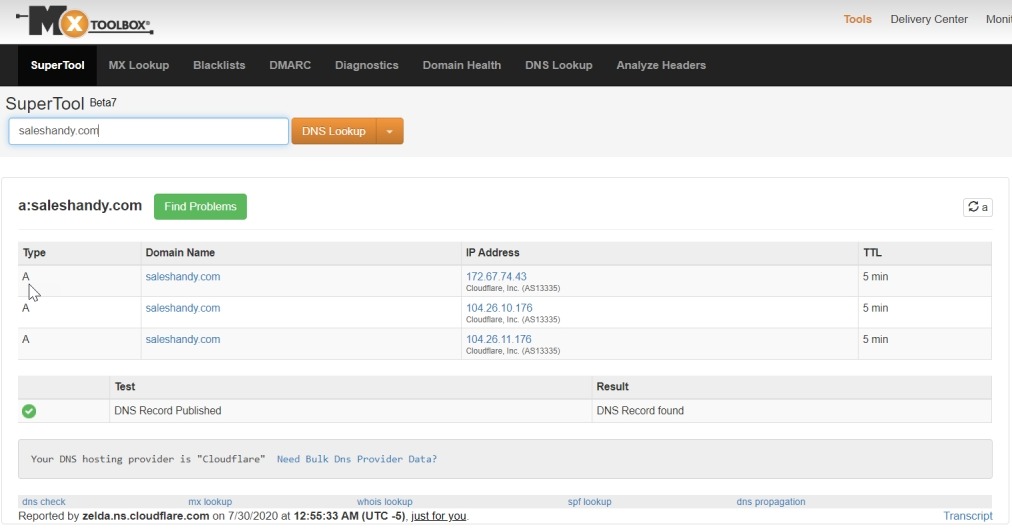How to Verify Email Addresses and Send More Effectively
Gone are the days when marketers send out emails with nothing but hoping that something would land somewhere.
Sincerely, good riddance.
Today, email outreach necessitates attention to detail in order for your emails to be opened — and a personal touch in order for your leads to respond. For the time being, let’s focus on the first step: ensuring that your emails arrive in the inbox.
Email verification techniques can help you reduce email bounce backs. It cleans your email list by filtering out spam and invalid addresses, allowing you to proceed with your email campaign with confidence. However, many email professionals are oblivious to how to verify email addresses.
This article will assist you as an email marketer with multiple email verification processes and best practices to significantly improve email deliverability. Let’s get started.
Why should you verify email addresses?
Let’s go over the quick benefits of email verification before we get into the steps to verify the email addresses. This will help you understand the benefits and drawbacks of email verifications.
Firstly, you can stay away from bounces. Consistent bounce back reduces the authenticity and domain quality of your email account. When you verify your email list, you can easily separate your good contacts from the bad ones. It will eventually reduce your email bounce rate and keep you out of spam indexes.
Secondly, you can have a better sender reputation score and email deliverability. The higher the score, the better the email deliverability; conversely, the lower the score, the worse the email deliverability.
If you send emails to invalid or spammy email addresses on a regular basis, your email account may be suspended. Verifying your email account ensures that your emails are delivered to the intended recipient in an authentic manner. This will keep your email account in good working order and raise your reputation score.
Thirdly, you will get a better result from your email campaigns. Email account verification removes bad contacts from your lists, increasing email deliverability. You also get a higher open and reply rate, which improves the performance of your email campaigns.
You can improve your deliverability by going the extra mile and verifying email addresses before sending an email campaign. Better deliverability will result in a higher open and response rate. Let’s see how in the next section.
How to verify email addresses?
For email verification, you have a couple of options. Whether you need a few verified email addresses or a list of thousands of lead emails, verifying an email address without sending an email is a simple process.
In this section, I’ve included some simple methods for verifying your email accounts. I’ve also attempted to provide simplified solutions to the technical difficulties that it entails. Let’s see what they are:
Method 1: Send test emails

This is the most straightforward strategy, however it is not recommended if you have a large number of emails to check. When you send an email to a fraudulent or invalid email address, it will bounce back, notifying you that your letter was not sent or that the address could not be found.
However, keep in mind that utilizing this strategy frequently may cause your bounce rate to rise, your sender reputation to suffer, you to be added to spam lists, and your analytics to be messed up. Use a dummy account and send a test email from it as a workaround.
Method 2: Ping a server and send no email

Pinging the server is a technical way of verifying an email address without sending an email. To perform this test, you’ll need a tool like PuTTY for Telnet in your Windows system. If you’re on a Mac, you can use the iTerm app.
To ping the email server, follow the steps below.
-
In Windows, enable Telnet.
-
Open a command prompt and enter the following command: nslookup –type=mx domain.com
-
There are several MX records associated with the domain. Choose the option with the fewest preferences.
-
Connect to the telnet server by entering the command: telnet mail server address. 25
-
Type HELO to initiate a handshake with the server.
-
Next, use a random email address to verify your identity: email sent from:
{random email address} -
Add the email address you want to verify as the next step: rcpt to: email address to verify
-
The server will respond with either an OK or an error message. If the message is correct, the email address is correct.
This method is accurate and produces the best results, but it is time-consuming and may have a negative impact on your system. To avoid getting caught up in the technical difficulties of this email address certification method, let’s see the next solution.
Method 3: Search email addresses in Google
Of course, this method will not tell you whether or not an email address is valid, but it will tell you if it is. People nowadays mention their email addresses all over the internet, whether on their websites or on social media networks. If you only need to check a few email addresses, this strategy can work for you because it won’t harm your domain’s reputation.
Method 4: Examine the email syntaxes
One of the most common problems with email addresses is typographical and syntax errors. They can be checked and modified manually. The standard email address format is xyz@abc.com. It must include three mandatory components (unique identifier, @, and domain name).
The xyz in the email address is considered the email’s unique identifier. It can be up to 64 characters long and can include:
-
English uppercase and lowercase letters (A-Z, a-z)
-
Digits ranging from 0 to 9 Special characters such as! # $ percent & ‘ * + – / =? - The domain name is represented by the @abc in the syntax example. This is typically the same as the business domain, such as @saleshandy.com, or the email service provider, such as @gmail.com
You must ensure that your recipient’s email address adheres to the required syntax. Any other format than this syntax is faulty and will most likely result in a bounce. Check for typographical errors such as @gmal.com or @yahooo.co, which can cause your emails to bounce back.
If you notice email addresses with incorrect syntax, remove them from your email list or create a suppression list so you won’t accidentally send them.
Method 5: Use an email verification tool

Most email finder tools allow you to verify email addresses. The key is to find a tool that automatically verifies your email address rather than draining your credits or charging you extra to do so. This is also the easiest method to verify email addresses without requiring any technical expertise from you.
Here are a few things about an email verification tool to keep an eye out for:
-
Ideally, you should look for a tool that allows you to either verify emails from a prospecting tool like Sales Nav or upload your own list, depending on your workflow.
-
You require a service that only charges you for verified, up-to-date email addresses.
You have a few options that meet both of these requirements.
-
Hunter.io validates emails, but they are frequently out of date (which means they won’t bounce, but they also won’t reach the person you’re trying to reach).
-
Wiza.co finds and validates email addresses, but it works best with the LinkedIn Sales Navigator and email addresses from Linkedin.
-
ZoomInfo.com typically provides excellent data, but it is frequently prohibitively expensive for growing teams.
I will have another article talking about the best email verification tools on the market soon, so look forward to that as well. Using an email verification tool will help you verify emails in minutes and provide you valuable time to craft better email campaigns.
Method 6: Send emails from a different account
You can send an email to an email account to verify its deliverability, but doing so from your primary email account is risky. It is recommended that you create a dummy email address and send emails to your recipients. You can also manually remove bounced accounts from your email list.
Although this method works well, it is time-consuming because each task must be completed twice.
Method 7: Conduct an IP address lookup

Another method for determining the legitimacy of the recipient’s email account is to use an IP address lookup. This lookup assists you by supplying the IP address of the recipient’s email address. To perform an IP address lookup, follow the steps below.
To begin the IP address lookup, we must first determine the recipient’s IP address.
-
Navigate to MXToolbox in your browser.
-
Fill in the text box with your recipient’s email address and click MX Lookup.
-
You will be given a list of IP addresses that are associated with your email address. You may select any of them.
-
We’ll begin with an IP address lookup in the next step. There are numerous IP address lookup tools available on the internet, such as whatismyipaddress, that can provide the IP address of the recipient’s email server.
You can double-check the location servers and ISP information provided in the lookup results. If you notice anything out of the ordinary, it’s a case of email spoofing, and the email address is dangerous.
Method 8: Lookup of DNS records

The DNS Lookup technique is used to validate the domain. It will also show you any blacklist or spammy data associated with the domain. Follow the steps below to perform a DNS lookup.
In your browser, launch MXToolbox DNS Check. Then, fill in the recipient’s domain name in the text box provided, then click the DNS check button. You will be given a list of hostnames as well as information about the DNS records. If you don’t see any details for the provided domain, it’s most likely that the domain is available.
This test provides the accuracy of the recipient’s domain but cannot guarantee 100% deliverability.
How often should you verify email addresses?

Email list validation is a must-do task for all email marketers. However, you do not have to do it every time. When performing an email validation check, keep the following conditions in mind.
Verify your email addresses when you have a new list
If you intend to send a new email campaign to a completely new list, it is strongly advised that you verify it first.
The new list with a large amount of data may contain faulty, spammy, or invalid contact information, which can negatively impact the performance of your email campaign. After verification, you can send emails with confidence.
Once you’ve verified the list, you won’t have to do it again before sending out follow-ups or launching a new campaign with the same list.
Verify your email addresses periodically
It is recommended to perform email list verification on a quarterly or semi-annual basis.
Email addresses used to change when an employee left an organization or when a user deleted their email accounts. Periodic email verification aids in the removal of broken addresses from the old list. This will help you maintain your sender reputation and ensure that your email campaigns continue to produce positive results.
Verify your email addresses when you see a constant increase in the bounce rate
If you’ve been using an email list for a while and notice an increase in bounce rate in your campaign performance, it’s time to re-verify it. Too many email bounce backs can have a negative impact on your email account. Before the situations arise, you must verify the email addresses once more and delete the invalid ones.
Wrap up
As we discovered, verifying email addresses is a must-do before launching an email campaign. It protects you from spam and email bounces while also providing efficient results. The question is: which method will you select for email verification?
Share your selected email verification solution in the comments section, I would love to hear from you!
New Posts






